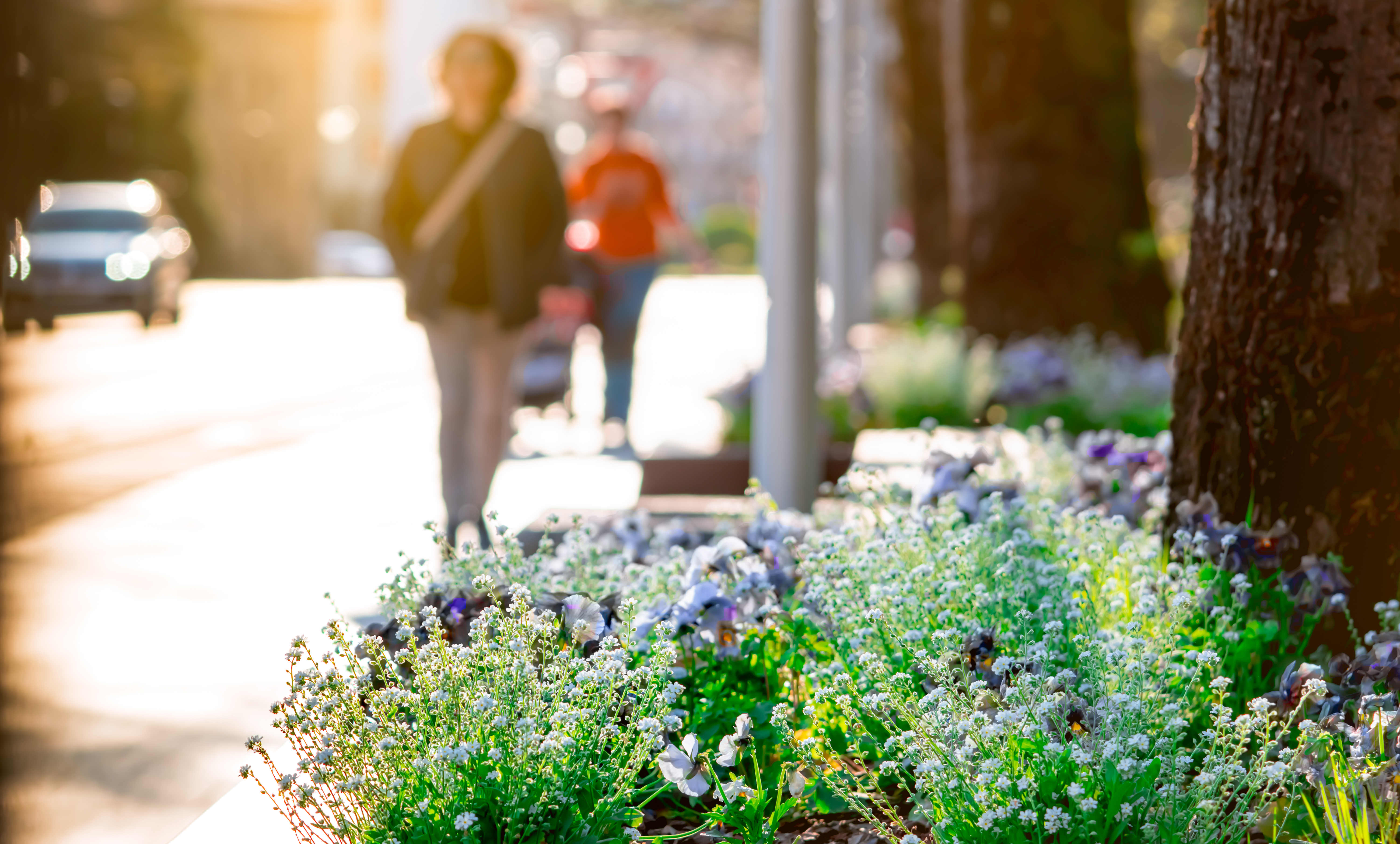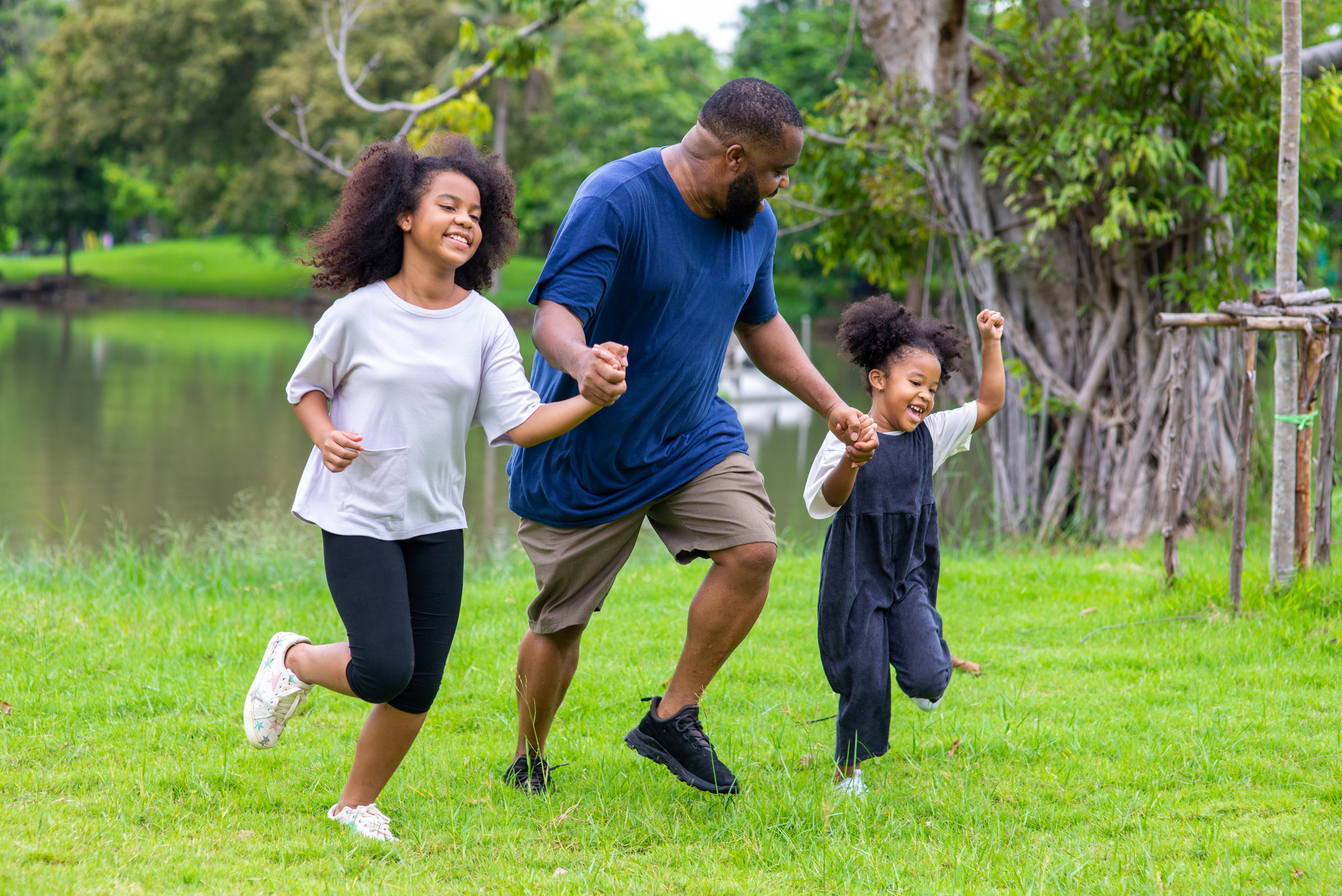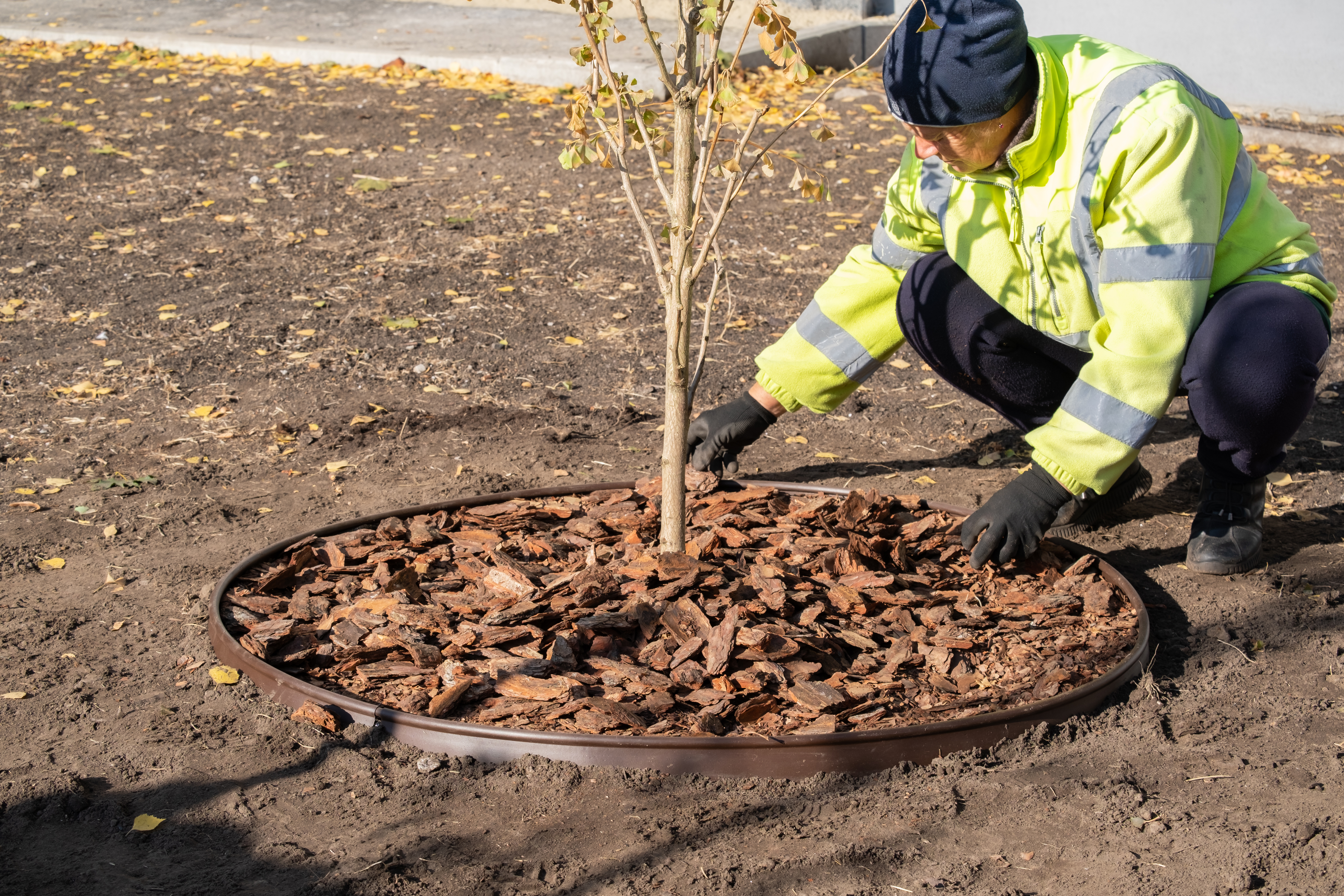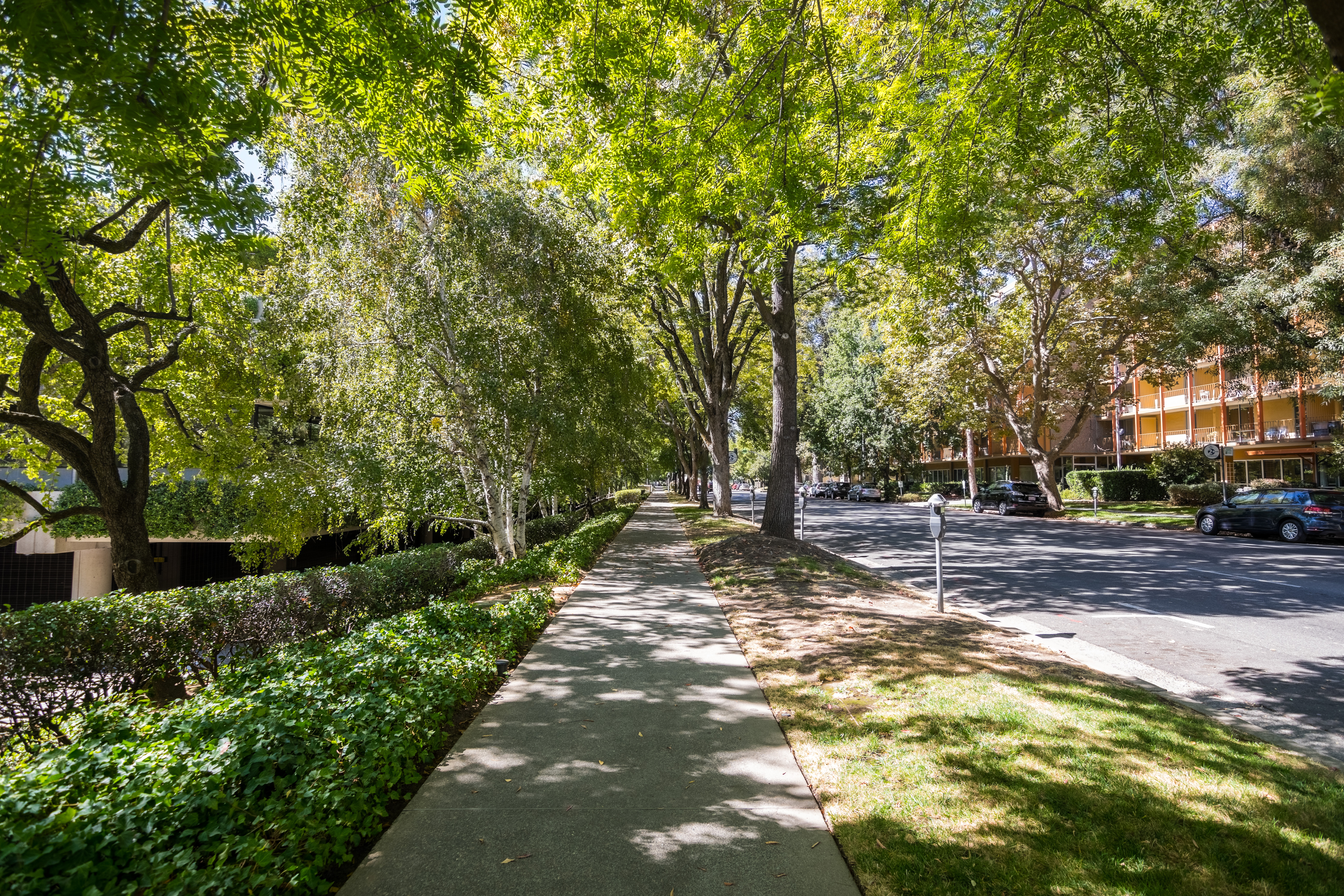Blog
Investing in Nearby Nature

When we think of nature, it can be easy to envision it as a faraway pristine landscape where human impacts are invisible and only a privileged few get to explore. In the United States, we’re lucky to have something akin to this type of nature in the form of wilderness areas. For the majority of Americans, however, the nature they interact with on a daily basis looks like the trees in their backyard, their neighborhood park, or their school playground. While our national parks and other public lands are currently under threat and in need of protection, we also need to treasure and safeguard the little pockets of urban nature we find in cities and towns across the U.S. Urban forestry and green schoolyards are critical components of healthy communities and require careful planning and investment.

Greenspace in cities offers a number of important services. First, greenspace offers opportunities for recreation and respite for community members. Public outdoor spaces can help create a sense of community and allow for recreation activities that boost mental and physical health. Second, tree cover in urban areas helps to mitigate extreme heat and decrease stormwater flooding. These two issues are increasing in intensity as climate change continues to worsen and are top concerns for many cities across the U.S. Although tree planting initiatives offer solutions to some of the harms of climate change, they are also complicated by climate impacts.

Many of the trees we’re used to seeing in our neighborhoods are struggling to keep up with the changing climate. Urban foresters are looking for hardier varieties of trees or are introducing trees from hotter or more arid climates in an attempt to get ahead of tree canopy loss. Even as cities source new types of trees to plant along streets and in parks, urban foresters also working hard to meet the maintenance needs of their trees. It is not enough simply to plant more trees along streets and around schools. Successful tree planting initiatives require deliberate planning and a comprehensive follow-up plan. Investing in the care of urban trees and public greenspaces requires an investment in expertise and maintenance on the part of local government.

As with most issues that require government investment, urban greenspace and tree cover do not affect everyone equally. A recent study in Europe found that more vulnerable city dwellers, such as low-income people and immigrants, had significantly less access to the benefits of greenspace (like cooling effects from tree canopies) than their more privileged counterparts. Similar patterns have been documented in the U.S. For example, one study found that historically redlined neighborhoods in Baltimore have lower biodiversity among trees and are far less likely to have larger, older trees occupying planting sites along the street. While explicit redlining practices are now illegal, residents of formerly redlined areas still have shorter life expectancies, lower rates of home ownership, and overall worse health outcomes. This is, in part, tied to the fact that those neighborhoods have less vegetation, less complete tree canopies, and worse ecosystem services than neighborhoods that historically served higher-income white Americans.
If we hope to engage a new generation in the joys of nature, we need to not only protect the beautiful landmarks and wilderness areas across the country, but also invest in the schoolyards, parks, and sidewalks where most kids play every day. Our local parks and sidewalk trees need to be valued with our time and attention, just as we treasure large landscapes like the Grand Canyon and Yosemite Valley.
